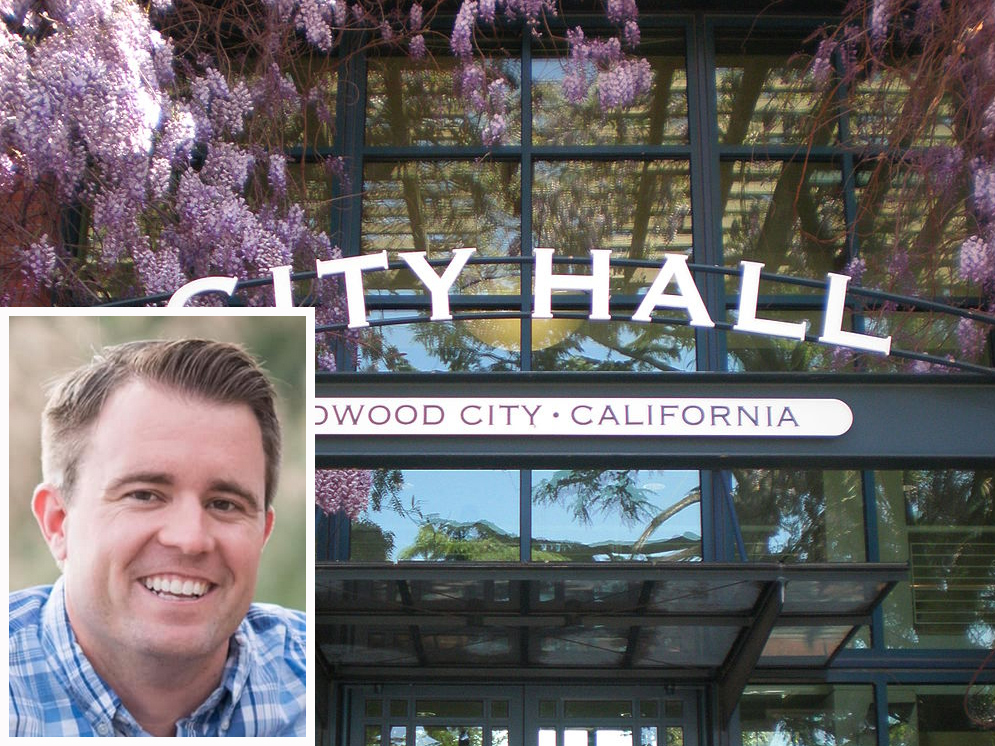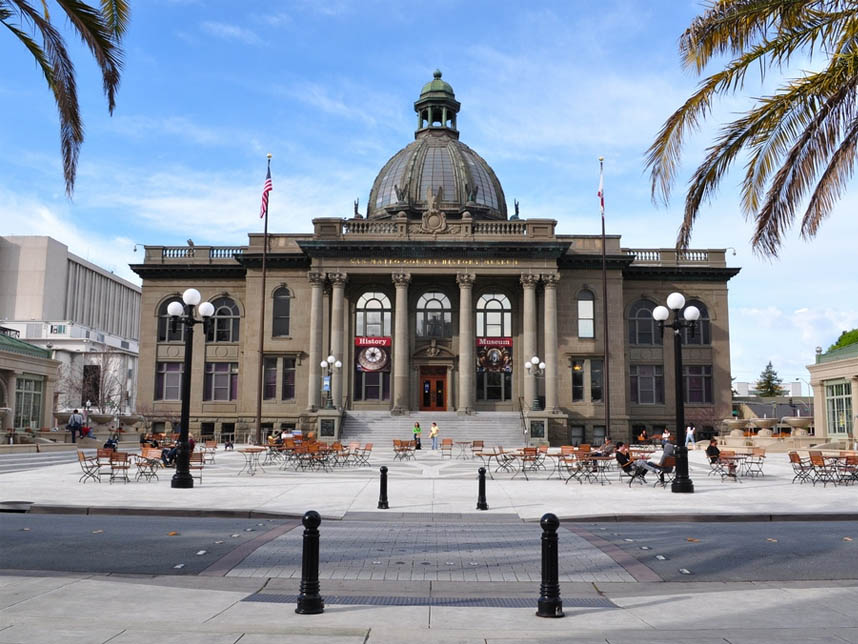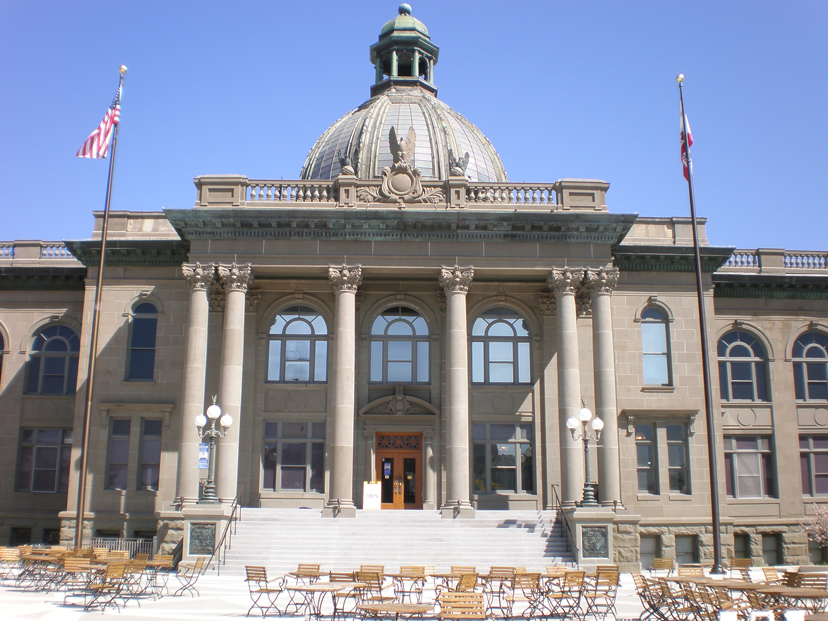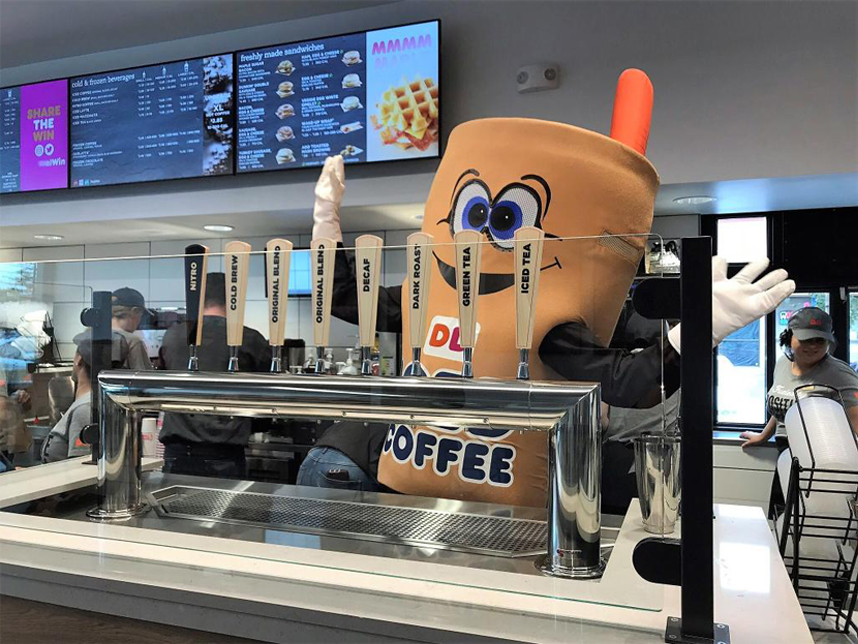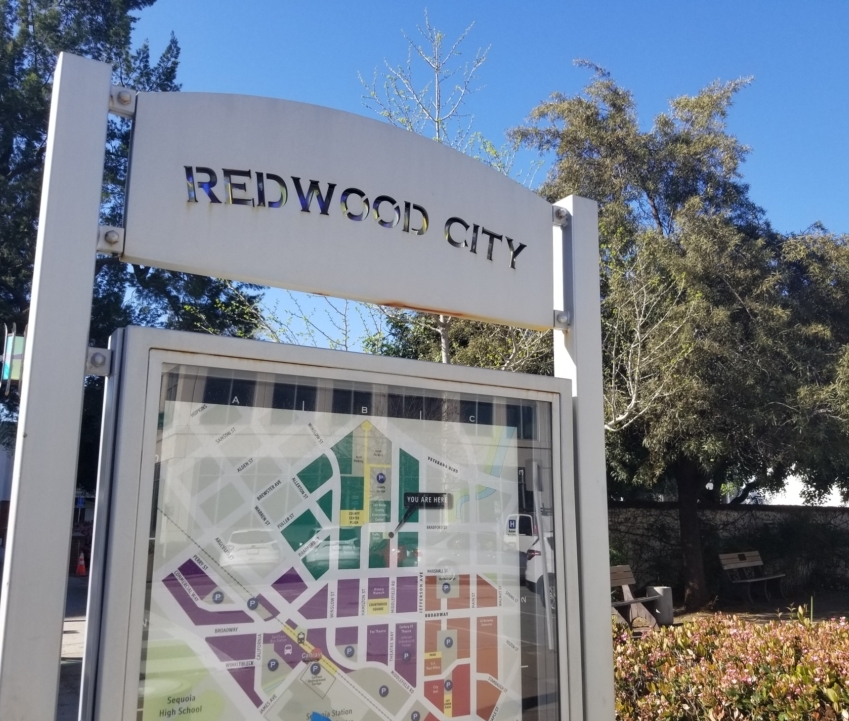New attendance policy for BCCs accommodates new parents
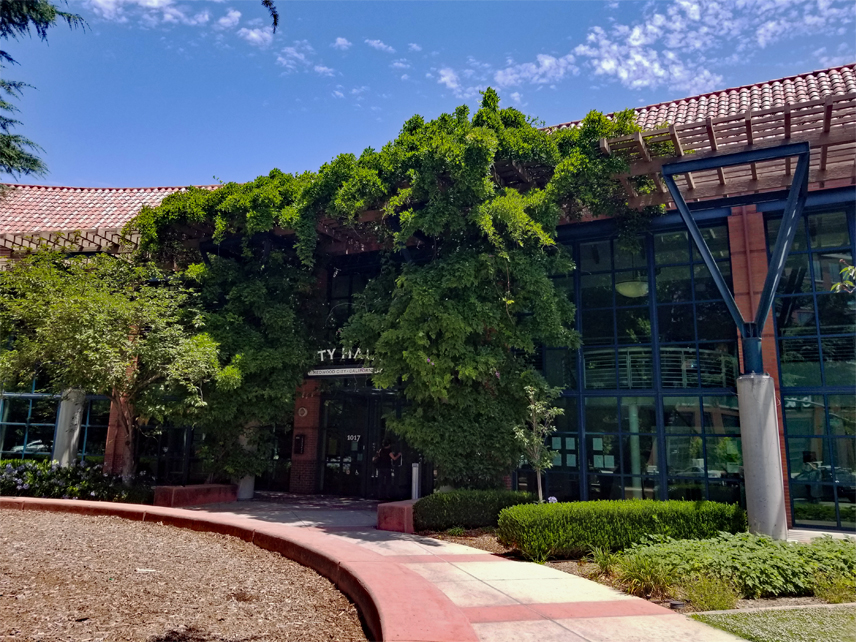
Redwood City Council on Monday adopted an attendance policy for members of city boards, commissions and committees (BCCs) that accommodates new parents.
The council sought to create an attendance policy for BCCs because there was no existing mechanism to remove and replace members who fail to show up to meetings or are consistently tardy. When the policy was discussed at a council meeting earlier this month, its members were divided on the acceptable length of leave offered to new parents, particularly mothers.
On Monday, council unanimously approved a revised attendance policy that provides a mechanism to remove oft-absent or late BCC members from their seats, but also accommodates members who are new parents.
The policy vacates seats when members are absent from three consecutive regular meetings or from more than 25 percent of all regular meetings in a year period, but allows members to request a leave of absence for any reason anywhere from one regular meeting up to a period not to exceed three months, pending approval by the city clerk and mayor. It also states BCC members must be present for at least 50 percent of a meeting in order to be counted as present.
Parents under the new rules can automatically take a leave of absence of three months from a board, commission or committee. The policy also requests staff to assess how to support breastfeeding mothers who serve on council or a BCC.
The policy also allows the mayor and clerk to grant extensions for any leave of absence of up to an additional three months for a total of six months.
Twice annually, the clerk will provide council with a BCC Attendance Report.
Mayor Ian Bain said establishing an attendance policy is important to ensure government business isn’t delayed over a lack of quorum and other matters affected by lack of attendance.
“Quite frankly we’ve had a few committees…where the committee’s business has been impacted by those members [who fail to show up],” Mayor Bain said. “Without a policy in place, we have no enforcement mechanism to ensure people who volunteer and make these commitments do attend.”
Councilmember Giselle Hale, who proposed adding accommodations in the policy for new parents, said the new rules are in keeping with the council’s focus on children and youth as top priorities.
“This really does work its way into how that priority comes to life and how parents are able to participate in government,” Hale said.
Several cities are now looking at Redwood City’s policy to see whether they should implement something similar, Councilmember Shelly Masur said.
The city currently has nine Boards, Commissions and Committees whose members are appointed by the City Council.

